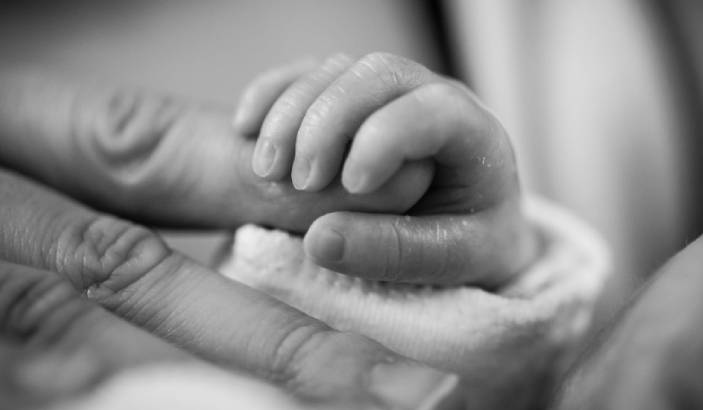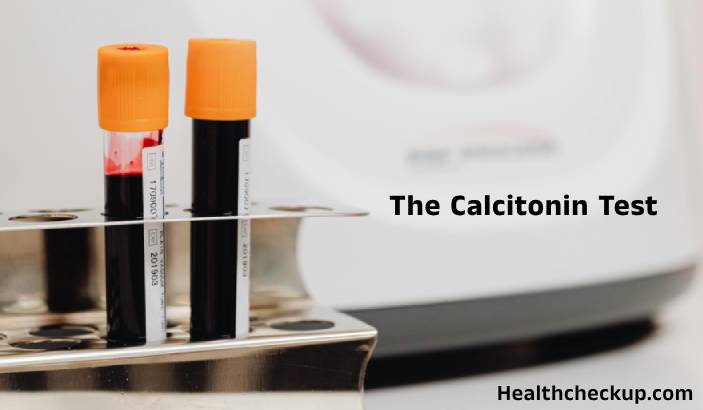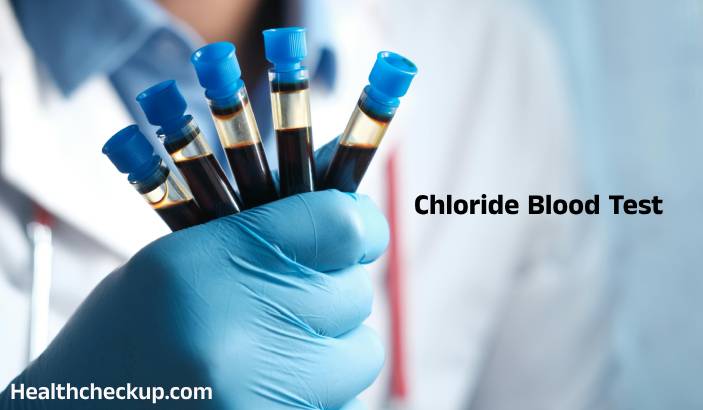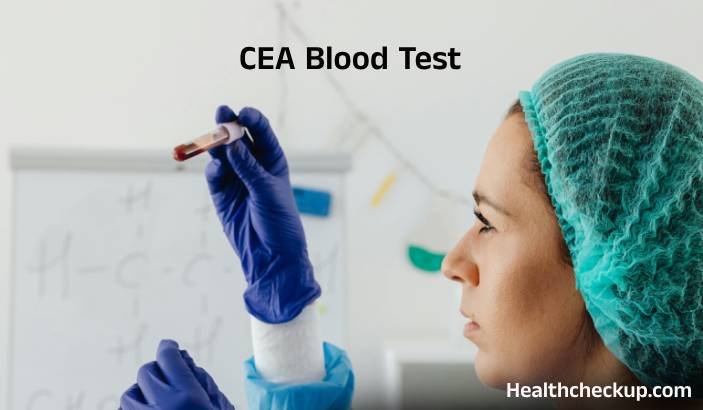From testing positive for a pregnancy test to holding your little one for the first time, every moment is special for a new mother. But having a baby is a life-changing experience for every parent.
While the period post-delivery is often depicted as joyful, the reality is different. Physically, the first few days after delivery is tough. Women experience discomfort due to perineal pain, postpartum hemorrhage, bowel movement, and urination issues.
Considering that new mothers are sleep-deprived, it’s no surprise that they experience a rollercoaster of emotions. Baby blues are quite common among mothers, but some fall into the pits of postpartum depression. Even worse, a few mothers experience postpartum anxiety as they excessively worry about the well-being of their children.
With that said, we’ll discuss baby blues, postpartum depression, and postpartum anxiety to help you understand the difference between the three. This blog post also discusses the strategies to cope with postpartum depression and postpartum anxiety.
Is it Baby Blues or Postpartum Depression?
Every mother has to deal with emotional ups and downs after bringing a child into the world. Some get baby blues, whereas others experience postpartum depression. While 80 percent or four in five new mothers have baby blues, one in seven women experience postpartum depression.
Short-term mood swings induced by the changes that come with having a baby are called baby blues. These dips in mood usually occur within two to five days of delivery but last for about 14 days. But if the feeling of sadness extends beyond that, you may be experiencing postpartum depression.
Sleep deprivation, sudden changes in hormone levels post-delivery, stress, fatigue, and isolation contribute to baby blues.
Postpartum depression, unlike baby blues, is a serious issue. Early on, postpartum depression is usually mistaken as baby blues because the symptoms of the two overlap. Irritability, insomnia, sadness, crying jags, and mood swings are a few symptoms that the two share.
However, the symptoms of postpartum are more severe than baby blues, such as the inability to care for your newborn, suicidal thoughts, and so on. Also, postpartum lasts longer than baby blues.
You may have developed postpartum depression if you:
- Are unable to bond with your baby
- Find yourself withdrawing from your partner
- Feel guilty or worthless
Postpartum Depression Is a Huge Concern
Many times, women do not experience postpartum depression or baby blues. Rather, they develop postpartum anxiety. In general, one in five women experience postpartum anxiety.
Women with postpartum anxiety do not experience sadness but constantly feel worried or on the edge. For many, postpartum anxiety kicks in within the first four to six weeks post-delivery but some experience it much earlier. Some studies establish that 25 to 35 percent of postpartum anxiety cases begin during pregnancy. Much like postpartum depression, postpartum anxiety is believed to be exacerbated by hormonal changes post-delivery. Postpartum anxiety also increases in response to real stressors, such as finances and the baby’s health. A history of stillbirth or miscarriage also increases a woman’s risk of developing postpartum anxiety.
It’s important to note that postpartum anxiety and postpartum depression often go hand in hand. About half of women who develop postpartum depression also have anxiety.
Coping With Postpartum Depression and Postpartum Anxiety
A few non-medication strategies that can help you cope with postpartum depression and postpartum anxiety are as follows:
- Cuddle Your Baby
Cuddling releases oxytocin– the happy hormone, which lowers anxiety levels. Activities like interacting with your baby, feeding them, and playing with them will release endorphins. This, in turn, will make you feel happy. - Ask for Help
Caring for a baby, particularly in the initial days, is tough. Do not hesitate to ask for help. If you’re breastfeeding your baby, ask someone else to do the household chores like getting groceries, laundry, etc.
If your postpartum depression or anxiety symptoms worsen, seeking professional help will be the best way forward. As stepping out during the first few weeks would be challenging, teletherapy will be the best. Search for “therapist near me” online or ask your friends or family for recommendations.
According to Zencare, cognitive behavior therapy and interpersonal psychotherapy are most effective for treating postpartum depression in women. - Spend Time With Other Mothers
For new mothers, every hour is a busy hour. But try taking out half an hour from your busy schedule and connect with other mothers. Even if you spend time with them online, you’ll be able to validate your emotions and lower your fears.
The Key Takeaway
While every woman experiences baby blues after giving birth to their child, some may develop postpartum depression. Even worse, many experience postpartum anxiety. Bear in mind that these conditions don’t only affect the mother, but also the child. That’s why everyone needs to be aware of the signs and symptoms of postpartum depression.
Antidepressants or anti-anxiety medicines may help, but nursing mothers should stay away from them as they pass onto the breast milk. In such situations, it’s best to seek help from a certified therapist. Besides, joining a support group may help women recover quickly.








